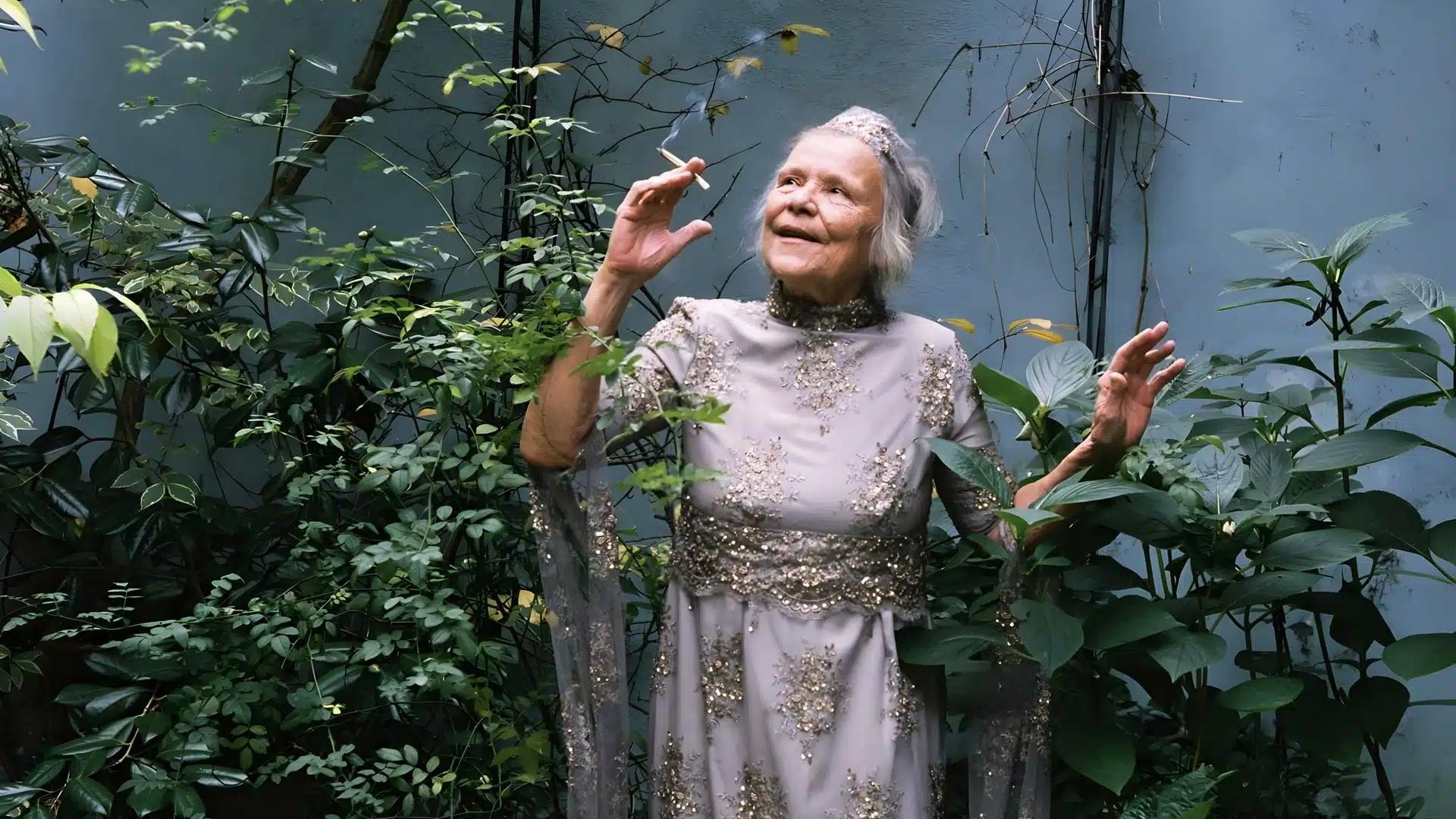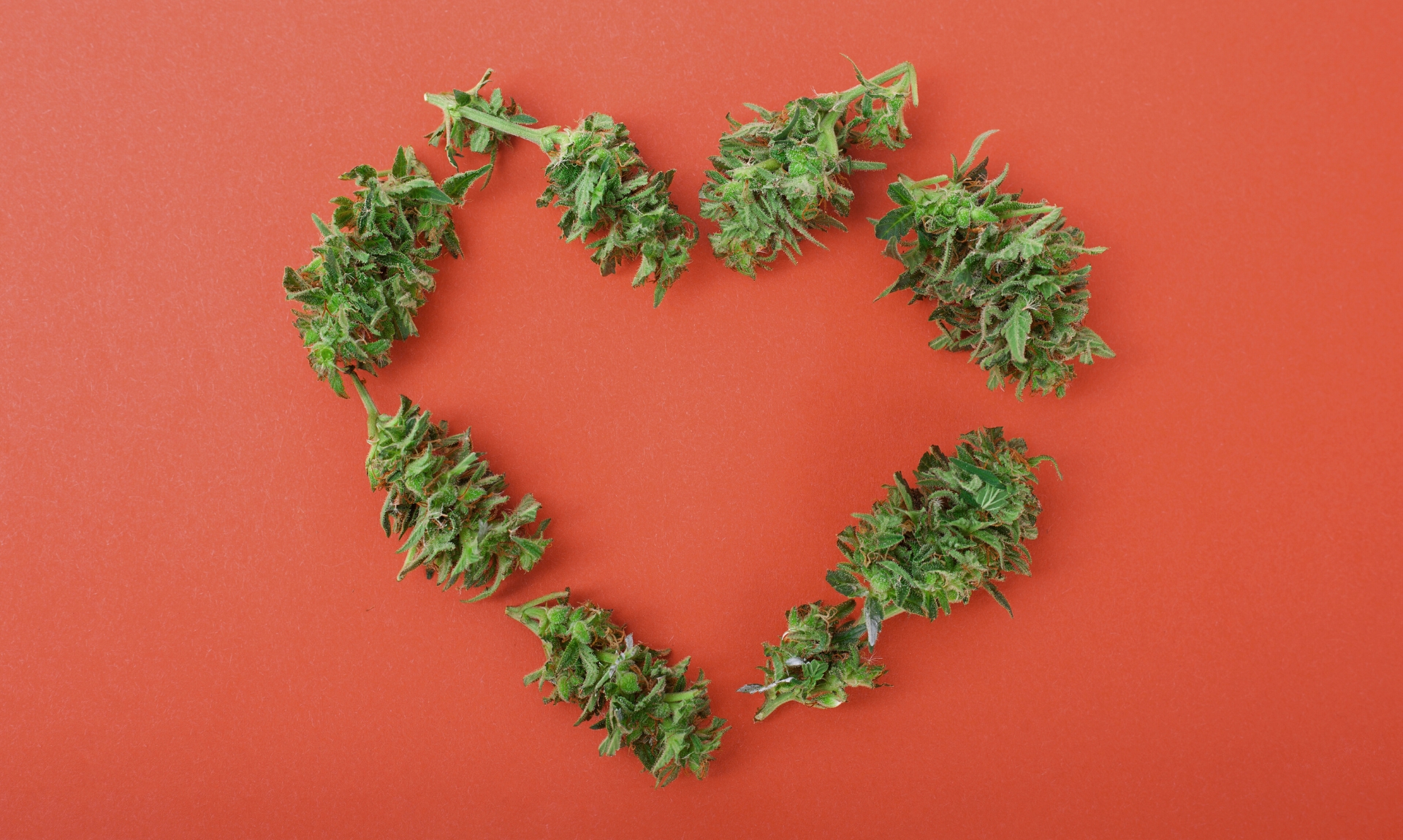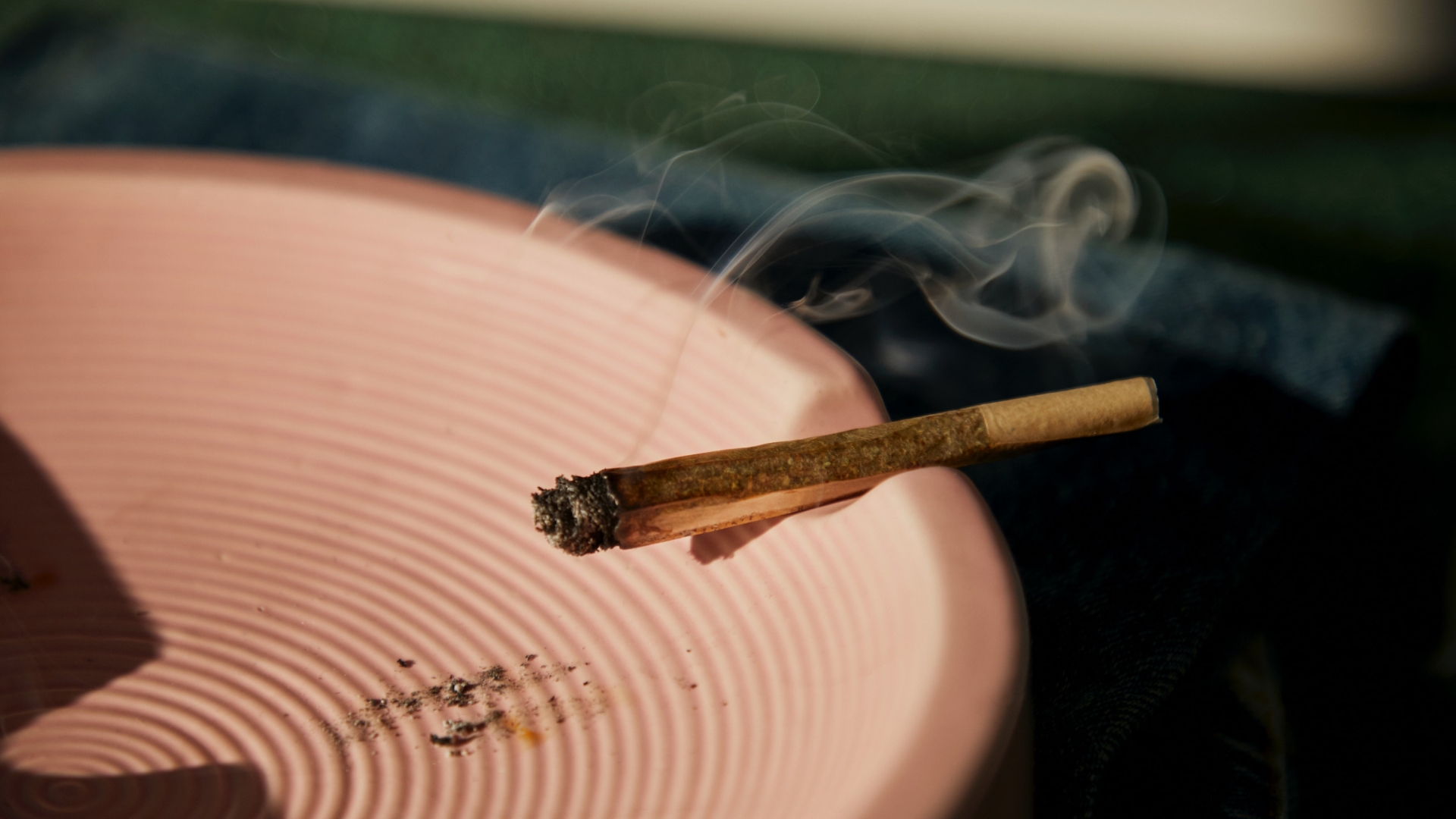Welcome to the first installment of Women in Cannabis: a multi-part series dedicated to the trailblazing women of the cannabis industry.
Throughout history, males have largely dominated the narrative of cannabis. Yet, beneath the surface, women have played an integral role in its legacy, shaping the course of cannabis history with their contributions, innovations, and resilience.
This series aims to shine a light on these remarkable women, starting from the ancient roots of cannabis use to the modern-day mavens who are redefining the industry. Our journey begins in the annals of history, exploring the pivotal roles women have played in harnessing the plant’s potential for healing, spiritual practices, and societal contributions.
From ancient priestesses and medieval healers to early pioneers who recognized the value of cannabis long before it entered the mainstream discourse, we’re about to take a wide-ranging look at women in cannabis.
Each subsequent article in this series will spotlight a contemporary woman making significant waves in the industry today, illustrating the incredible female leadership and innovation in cannabis. As we uncover the stories of women who have cultivated, researched, and advocated for cannabis, we celebrate their indelible impact on the industry and society at large.
Women in Ancient Cannabis History
The history of cannabis is as old as civilization itself, with women playing a crucial role in its use for medicinal, ritualistic, and daily purposes. From the ancient priestesses of Ishtar to the herbalists of medieval Europe, women have long harnessed the plant’s properties for healing, spiritual connection, and empowerment.
Ancient Rituals and Healing Practices
In ancient times, women were often the keepers of herbal knowledge, using cannabis, among other plants, for a variety of purposes.
In societies ranging from ancient China to Egypt, cannabis was utilized in women’s health, particularly in gynecology. The Ebers Papyrus, an Egyptian medical text dating back to 1550 BCE, mentions the use of cannabis to facilitate childbirth, illustrating an early understanding of its medicinal benefits.
Moreover, in many ancient cultures, women incorporated cannabis into spiritual and religious ceremonies. They used it to enter trance states, communicate with deities, and perform healing rituals.
These practices underscore the deep spiritual connection between women and cannabis, recognizing the plant not only for its physical healing properties but also for its ability to bridge the mundane and the divine.
The Scythians and Cannabis
The Scythians, a nomadic warrior society that roamed the areas of what is now Eastern Europe and Central Asia, offer compelling evidence of women’s early use of cannabis.
Historical accounts from Herodotus, the Greek historian, describe elaborate funeral rites where Scythian women burned cannabis seeds as part of their mourning rituals.
These ceremonies were believed to purify the participants and facilitate communication with the spirit world, demonstrating the sacred role of cannabis in their culture.
The Early Pioneers
Transitioning from the ancients to the early pioneers, we find women who have continued the tradition of using cannabis for health and well-being, as well as paved the way for the plant’s modern appreciation and scientific understanding.
Hildegard von Bingen
A notable figure is Hildegard von Bingen, a 12th-century Benedictine abbess, who was among the first in the medieval period to document the medicinal uses of cannabis.
Hildegard’s holistic approach to health, which included the use of herbal remedies like cannabis, was revolutionary for its time. Her writings contribute to our understanding of the historical uses of cannabis and highlight the longstanding knowledge women have had regarding its benefits.
Maya Angelou
Fast forward to the 20th century, Maya Angelou, the renowned poet and civil rights activist, openly discussed her use of cannabis in her autobiographical works. Angelou’s candidness about the positive effects of cannabis on her life and creativity offers a modern perspective on the plant’s role in enhancing personal well-being and artistic expression.
Mila Jansen

Mila Jansen is known as the “Hash Queen” for her innovations in hashish making. In the 1970s, she invented the Pollinator, a machine that revolutionized hash production. Jansen’s contribution to the cannabis industry demonstrates the ingenuity and entrepreneurial spirit of women in the field.
Dr. Allyn Howlett
Dr. Allyn Howlett’s discovery of the CB1 receptor in the 1980s significantly advanced our scientific understanding of cannabis and its effects on the human body. Her research has been foundational in the development of cannabinoid-based medicines, showcasing the critical role of women in cannabis research.
Margaret Mead
Margaret Mead, the influential anthropologist, advocated for the decriminalization of cannabis in the United States during her testimony before Congress in 1969. Mead’s stance on cannabis, rooted in her extensive cultural research, highlighted the need for a societal reevaluation of the plant.
Mary Jane Rathburn
Mary Jane Rathburn, affectionately known as “Brownie Mary,” became a symbol of compassionate use in the 1980s and 90s. She baked and distributed cannabis-infused brownies to AIDS patients in San Francisco, showcasing the plant’s medicinal potential and advocating for patient rights.

Reflecting on the Past, Shaping the Future
As we pay tribute to these women, it’s also inspiring to note how legalization has triggered a boom in female-led cannabis companies today.
According to MJBizDaily’s 2023 report, “Diversity, Equity & Inclusion in the Cannabis Industry,” women now account for 39% of cannabis executives. This is well above the national average, where only 31% of senior roles in the US are held by women.
This distinction alone highlights the original vision of the cannabis space, to build an industry that blazes new standards in diversity, innovation, and value creation. Understanding the history and the legacy of cannabis, in this case, the female pioneers of the plant, is a crucial component to upholding that vision.
A Legacy of Green Empowerment
As we conclude this historical overview, it’s evident that women’s contributions to the cannabis industry are vast and varied. From ancient ritualistic use to modern scientific research and entrepreneurial endeavors, women have been at the forefront of the cannabis movement.
Their resilience, knowledge, and advocacy continue to shape the industry, ensuring a more inclusive and equitable future. By recognizing and celebrating these contributions, we honor the past while illuminating the way for future generations of women in cannabis.
This series will continue to spotlight contemporary women leaders in the industry, each of whom carries forward the legacy of green empowerment. Stay tuned!


